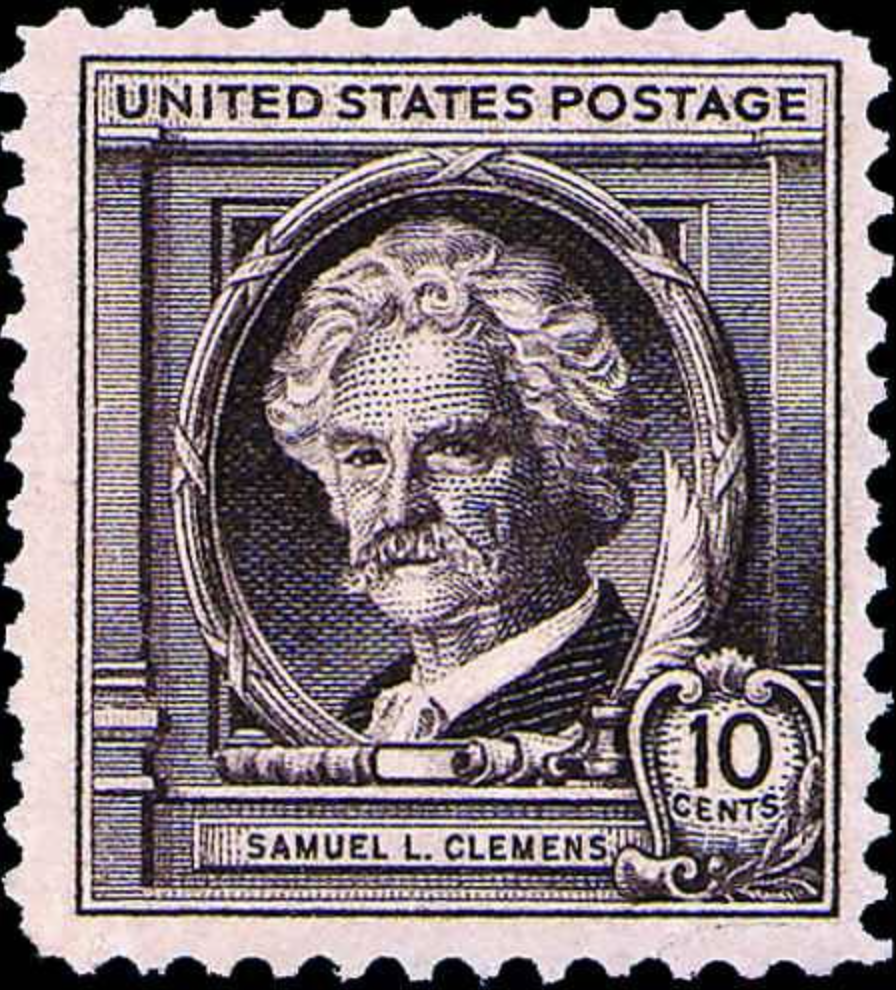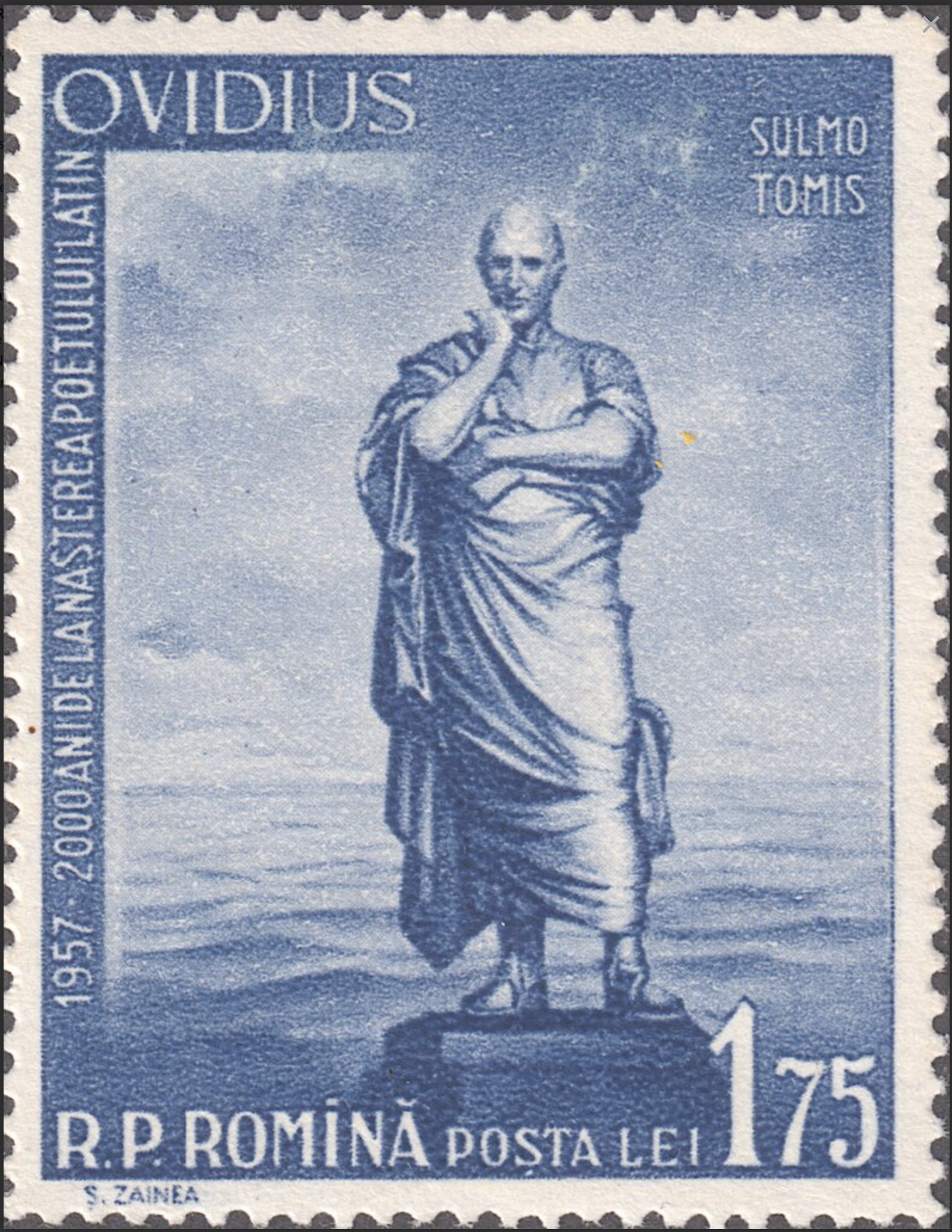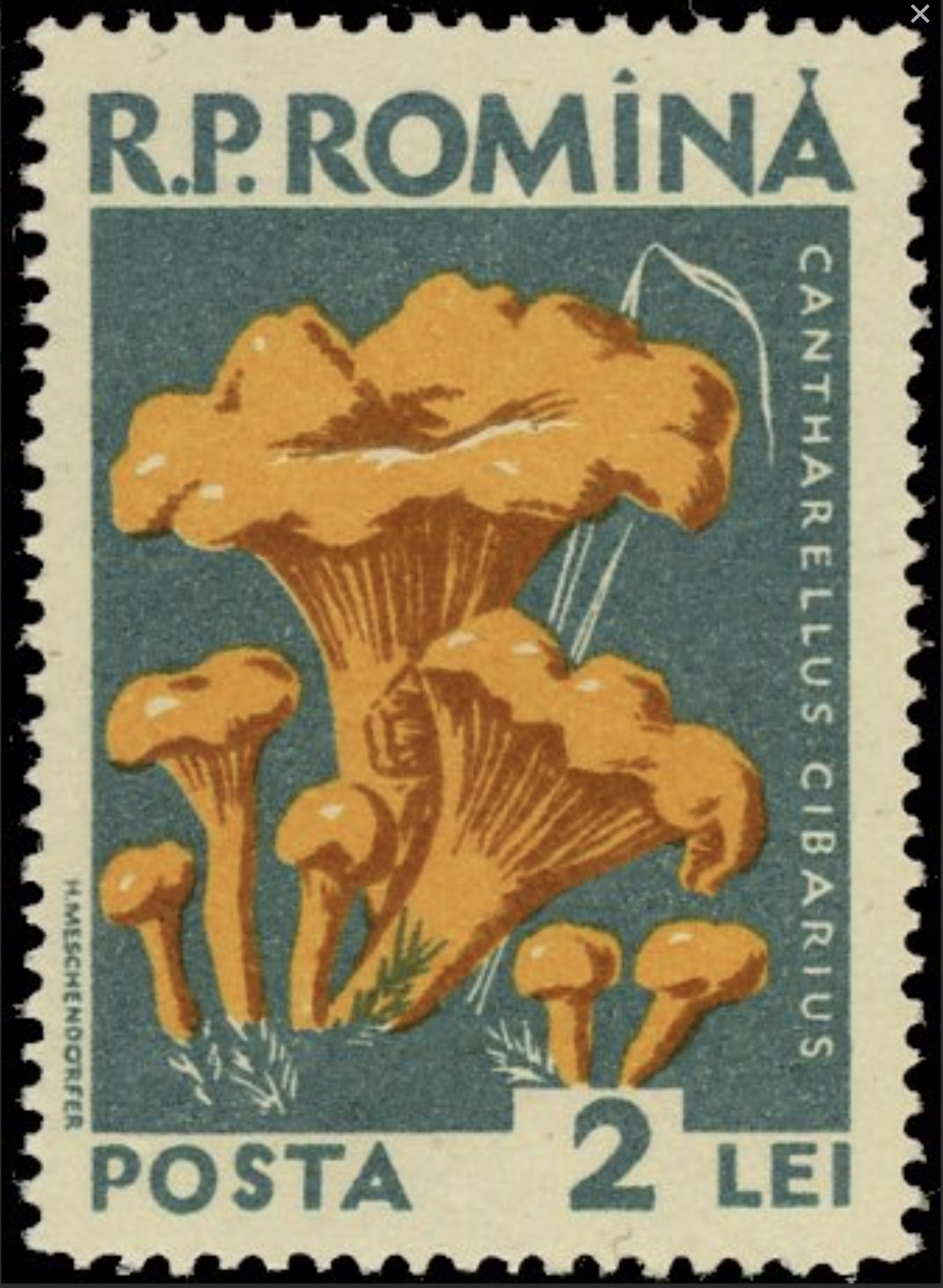Romania #1908 (1967) – The Whitewashers, Jean Alexandru Steriadi (1880-1956)
$0.35
Romania #1908 (1967) – The Whitewashers, Jean Alexandru Steriadi (1880-1956)
3 in stock
Description
Romania #1908 (1967) – The Whitewashers, Jean Alexandru Steriadi (1880-1956)
Paintings from the National Gallery in Bucharest
Jean Alexandru Steriadi (1880-1956) was a notable Romanian painter known for his contributions to the art world. He played a significant role in the development of Romanian art during the early to mid-20th century. Here are some key points about Jean Alexandru Steriadi:
- Early Life and Education: Jean Alexandru Steriadi was born in Bucharest, Romania, in 1880. He began his artistic education at the School of Fine Arts in Bucharest before continuing his studies in Munich, Germany, where he was exposed to various European art movements.
- Artistic Style: Steriadi’s work was influenced by various art movements, including Realism and Impressionism. He was known for his ability to capture everyday life and rural scenes with a strong emphasis on light, color, and atmosphere.
- Contributions to Romanian Art: Steriadi was a key figure in the Romanian art scene during the early 20th century. He was part of the “Group of Four” (Grupul celor Patru), a significant artistic movement in Romania that included himself, Camil Ressu, Francisc Șirato, and Nicolae Dărăscu. This group played an essential role in modernizing Romanian art and introducing new approaches and styles.
- Subjects: Steriadi often depicted scenes from rural life, landscapes, and portraits. His works often conveyed a sense of simplicity and tranquility, with a strong connection to the Romanian countryside.
- Recognition: Throughout his career, Steriadi received various awards and honors, including the “Cultural Merit” Order from the Romanian government. His work continues to be celebrated and studied for its artistic significance and its role in the development of Romanian art.
- Legacy: Jean Alexandru Steriadi’s contributions to art and his impact on Romanian culture are widely acknowledged. His works are considered masterpieces, and he remains an influential figure in the history of Romanian painting.
“The Whitewashers” typically portrays rural or everyday life scenes, and it might depict people engaged in whitewashing buildings or structures, which was a common practice in rural areas to maintain and protect buildings. Steriadi was known for his ability to capture the simplicity and beauty of such scenes, often highlighting the role of light and color.
Steriadi’s legacy lives on through his artwork, which is admired for its beauty, depth, and its ability to capture the essence of Romanian rural life. His influence on the Romanian art scene continues to be celebrated and remembered.
Ready to ship in 3-5 business days from United States (US)
Additional information
| Weight | 0.0149 lbs |
|---|---|
| Condition | |
| Country | |
| Scott Number | |
| Stamp Format | |
| Stamp Type | |
| Year of Issue |













